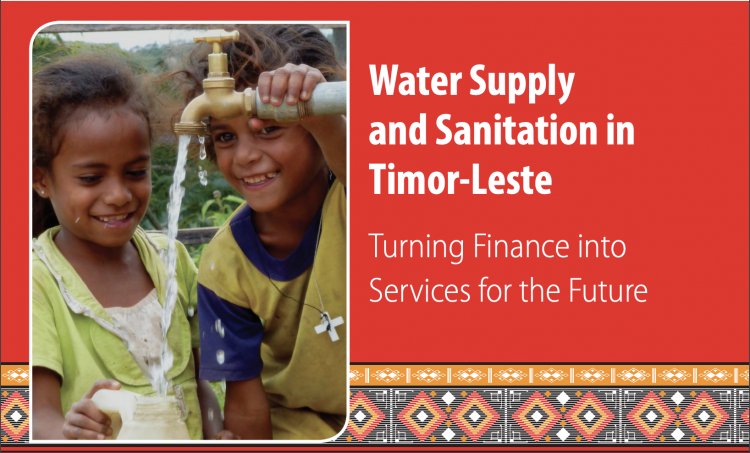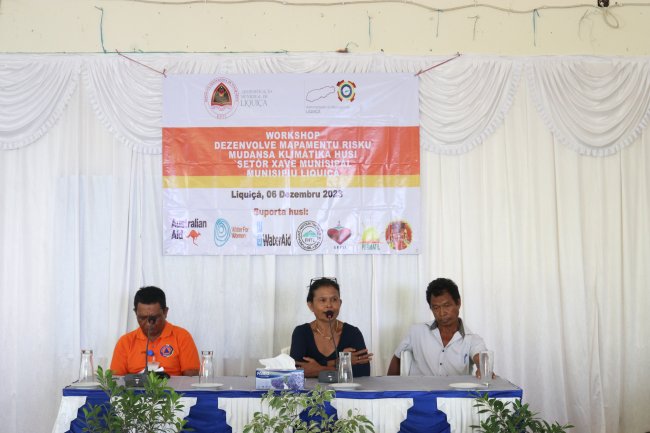Water Supply and Sanitation in Timor-Leste - Turning Finance into Services for the Future
In the Democratic Republic of Timor-Leste, remarkable progress in water supply and sanitation coverage in the last 10 years means that the country may meet Millennium Development Goal targets for overall water supply coverage but is unlikely to do so for sanitation. These targets are for 78% of the population to have access to improved drinking water sources, and for 60% to have access to improved sanitation facilities. The latest figures from the Joint Monitoring Programme (JMP) of WHO and UNICEF indicate that in 2011 access was 69% for water and 39% for sanitation. For urban areas these targets have been met or exceeded, but for rural areas where close to 70% of the country’s population lives—many in small remote communities—these targets remain out of reach, particularly for sanitation. Rural residents account for 92% of the 358,000 people nationally that do not have access to improved water supply, while rural residents make up 86% of the 704,000 people nationally with

Source: https://www.wsp.org/sites/wsp/files/publications/WSP-Timor-Leste-WSS-Turning-Finance-into-Service-for-the-Future.pdf
The analysis of the service delivery pathway for water and sanitation shows that Timor-Leste performs adequately in the ‘enabling’ phase of service delivery across all subsectors due to the presence of policy guidelines, national and Strategic Overview subsector targets, and relatively clear institutional roles. Structures and processes are in place for ministerial budget preparation, however budgets for urban and rural water supply and urban sanitation are unpredictable and fluctuate considerably from year to year, and are almost non-existent for rural sanitation. For ‘developing’ services, which relate to expenditure of funds, systems for allocating them equitably, and securing value-for-money outputs, Timor-Leste needs to improve in the areas of prioritizing budget allocation, budget execution for major capital works, and reporting on expenditure as well as reducing inequality and improving local participation. At the end of the service delivery pathway, Timor-Leste’s scores show poor performance in sustainability for all subsectors, especially in the area of maintenance.


